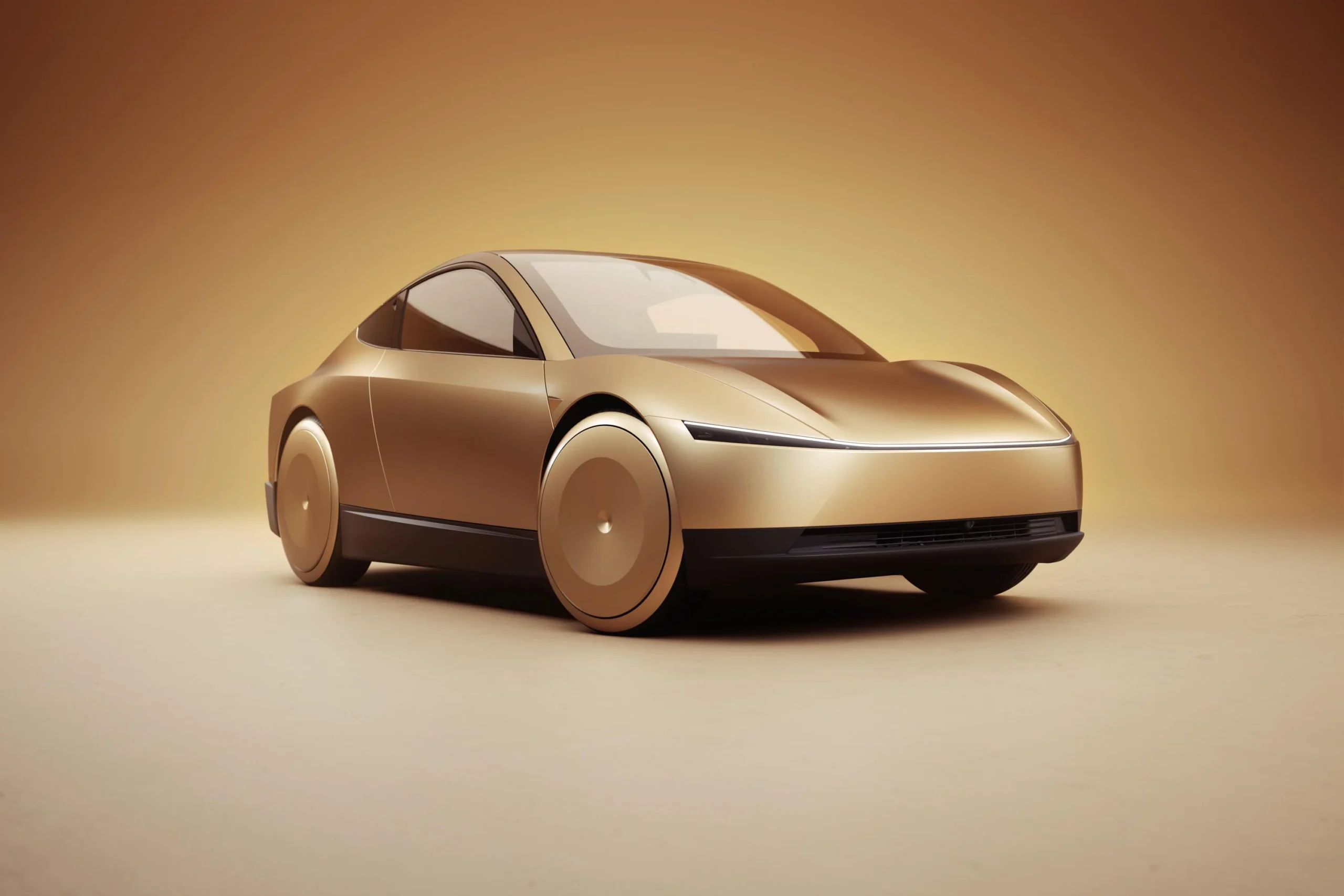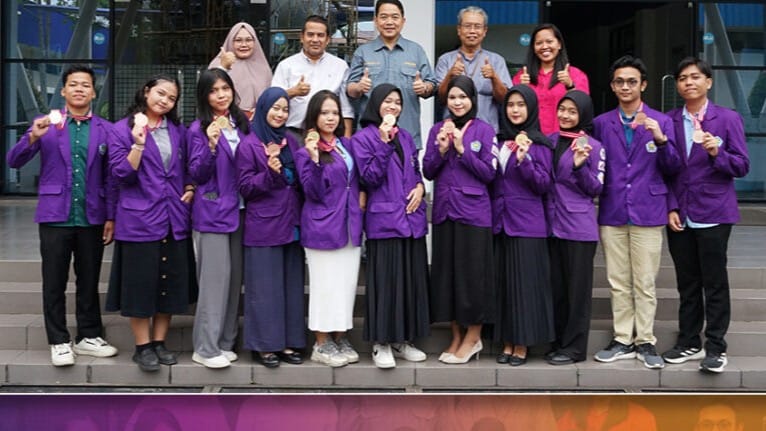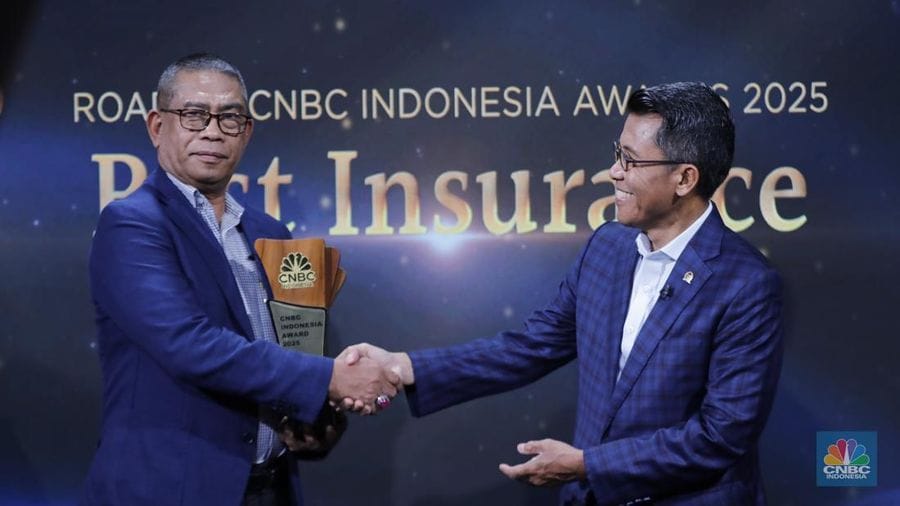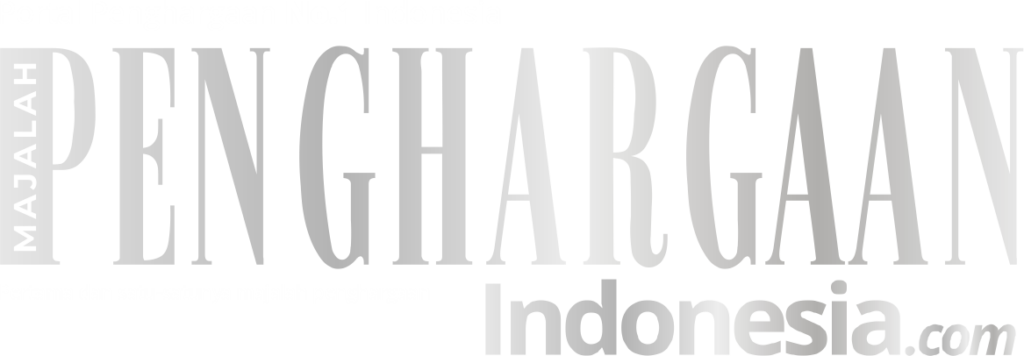New York — In a highly anticipated event on Thursday, Tesla CEO Elon Musk took the stage in California to unveil a glimpse of what he believes is the transportation future: fully autonomous vehicles without human drivers. The event featured the introduction of Tesla’s “Cybercab,” a robotaxi designed to carry passengers without a steering wheel, pedals, or even a driver. Alongside it, Musk showcased the “Robovan,” a larger, driverless vehicle aimed at transporting groups or cargo.
This unveiling is part of Musk’s grand vision for an “age of abundance,” where self-driving cars redefine urban spaces, parking lots are converted into parks, and robots blend seamlessly into society. Musk, who is famous for setting high expectations with futuristic concepts, predicted that the Cybercab could be in production by 2026, despite a history of overly optimistic timelines.
The Event: Showcasing the Future
The presentation took place at Warner Bros. studios in California and was streamed live to millions of viewers on Tesla’s social media platform, X (formerly Twitter). The event had all the hallmarks of a Tesla product reveal—hype, excitement, and dazzling aesthetics. Musk’s showcase emphasized the sleek, metallic designs of the vehicles, inspired by sci-fi movies like Blade Runner, though Musk noted his vision of the future is far more optimistic than the dystopian scenarios portrayed in such films.
The Cybercab, with its streamlined design, represents Tesla’s leap toward achieving full self-driving capabilities. It is envisioned as a comfortable, automated transportation option that will revolutionize how we move through cities. The interior is intended to resemble a cozy lounge rather than a traditional car, offering a relaxed environment for passengers as they move from place to place without ever needing to touch a steering wheel.
Musk also presented the Robovan, a driverless vehicle capable of transporting up to 20 passengers or carrying cargo. This larger autonomous vehicle would allow for group transportation or goods delivery, adding a new dimension to Tesla’s goal of creating an autonomous transportation network. Musk did not specify a launch date for the Robovan, but its design indicates that Tesla is preparing for a broader, more inclusive future of self-driving vehicles.
The Challenges of Full Autonomy
Despite the excitement surrounding the event, the road to full autonomy remains long. Tesla’s current Full Self-Driving (FSD) feature, available for an additional $8,000, has made strides in advancing semi-autonomous capabilities. However, it still requires drivers to remain attentive, ready to take control at any moment. Musk argued that FSD is already safer than human-driven cars, but external tests have shown inconsistencies. A study by AMCI Testing revealed that drivers using Tesla’s FSD system had to take control roughly every 13 miles.
Regulatory approval is another hurdle. Musk predicted that by next year, Teslas equipped with FSD would be able to operate without human intervention in states like California and Texas, depending on the regulatory landscape. However, industry experts are skeptical about whether Tesla can deliver fully autonomous vehicles on this timeline, given the complexity of developing and regulating such technology.
Musk’s Bold Predictions and Past Delays
Musk is no stranger to ambitious predictions. Five years ago, he claimed that robotaxis would be operational within a year. That deadline has long passed, and while Tesla has made significant advancements in autonomous technology, the fully self-driving future Musk envisions remains elusive. Even during his presentation, Musk acknowledged his tendency to overestimate timelines. “I’m the boy who cried FSD,” Musk admitted, referencing his past projections about Full Self-Driving. Yet he remains optimistic, stating that Tesla should surpass human driving ability by the end of this year.
Despite the hurdles, Musk’s vision continues to inspire confidence among Tesla’s most devoted followers. The event, which started 53 minutes late, saw enthusiastic cheers from attendees, eager to catch a glimpse of the 50 self-driving Teslas cruising around the studio lot. Even in the face of skepticism, Musk’s ability to captivate audiences with his forward-thinking ideas remains undiminished.
Analysts Weigh In
Gene Munster, managing partner at Deepwater Asset Management, pointed out that while Tesla has made impressive progress, the technology still needs further development. Munster emphasized that the level of disengagement—when a human driver must take control—is still too high for regulators to approve fully autonomous vehicles. “We’re seeing disengagements at 3% of miles driven,” Munster explained. “To make the leap to full autonomy, that number needs to be closer to 99%, and even then, regulators may require even more stringent standards, such as 99.999%.”
Munster estimated that it would take two years for Tesla to refine its autonomous driving technology and an additional two to three years to gain regulatory approval. While Musk remains optimistic about Tesla’s timeline, experts caution that full self-driving vehicles may still be several years away.
Looking Ahead
Despite the challenges, Tesla’s unveiling of the Cybercab and Robovan marks a significant step toward realizing the future of transportation. The sleek designs, advanced technology, and Musk’s relentless drive to innovate have positioned Tesla as a leader in the race toward autonomous driving. However, whether Musk can deliver on his promises within the projected timeframes remains to be seen. For now, the world waits in anticipation to see whether Tesla’s vision of a driverless future will finally come to fruition.









